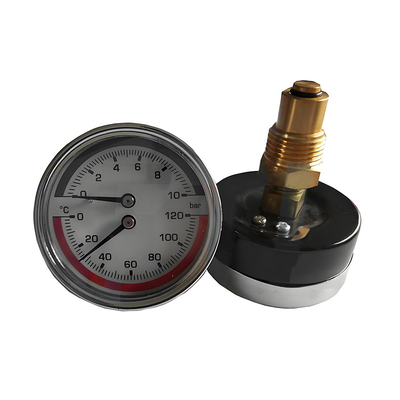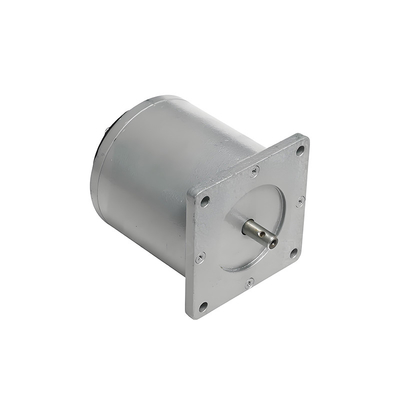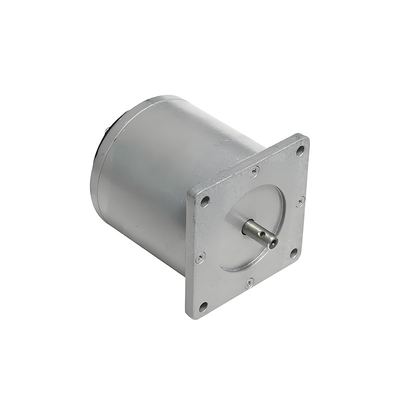-
 জোনাথাসতাদের পরামর্শ দেওয়া কাপলার পুরানোগুলি প্রতিস্থাপনের জন্য বেশ উপযুক্ত। মূল্য যুক্তিসঙ্গত, এবং থিমগুলি পাওয়ার জন্য উন্মুখ।
জোনাথাসতাদের পরামর্শ দেওয়া কাপলার পুরানোগুলি প্রতিস্থাপনের জন্য বেশ উপযুক্ত। মূল্য যুক্তিসঙ্গত, এবং থিমগুলি পাওয়ার জন্য উন্মুখ। -
 জোসআমি যে DF8B খুচরা যন্ত্রাংশ পেয়েছি তা সবই সঠিক। লিড টাইম দ্রুত, এবং যখনই আমার সমস্যা হয়, সানি সবসময় আমাকে সাহায্য করতে এখানে থাকে। তাকে অনেক ধন্যবাদ, এবং আবার আমাদের ভবিষ্যতের সহযোগিতার জন্য উন্মুখ।
জোসআমি যে DF8B খুচরা যন্ত্রাংশ পেয়েছি তা সবই সঠিক। লিড টাইম দ্রুত, এবং যখনই আমার সমস্যা হয়, সানি সবসময় আমাকে সাহায্য করতে এখানে থাকে। তাকে অনেক ধন্যবাদ, এবং আবার আমাদের ভবিষ্যতের সহযোগিতার জন্য উন্মুখ।
রেলওয়ে যানবাহন ডিজেল লোকোমোটিভ HTS-1 এবং HTS-1A ঘূর্ণন গতি সেন্সর
| উৎপত্তি স্থল | চীন |
|---|---|
| পরিচিতিমুলক নাম | HTR |
| মডেল নম্বার | এইচটিএস -১ এবং এইচটিএস -১ এ |
| ন্যূনতম চাহিদার পরিমাণ | 10PCS |
| মূল্য | আলোচনাযোগ্য |
| প্যাকেজিং বিবরণ | শক্ত কাগজের বাক্স, কাঠের কেস, প্রয়োজন অনুযায়ী |
| ডেলিভারি সময় | 15-50 দিন, পরিমাণের উপর নির্ভর করে |
| পরিশোধের শর্ত | এল/সি, টি/টি, ওয়েস্টার্ন ইউনিয়ন, পেপ্যাল |
| যোগানের ক্ষমতা | 1,000 পিসি/মাস |

বিনামূল্যে নমুনা এবং কুপন পেতে আমার সাথে যোগাযোগ করুন।
হোয়াটসঅ্যাপ:0086 18588475571
ওয়েচ্যাট: 0086 18588475571
স্কাইপ: sales10@aixton.com
যদি আপনার কোন সমস্যা হয়, আমরা ২৪ ঘন্টা অনলাইন সহায়তা প্রদান করি।
x| আউটপুট ভোল্টেজ | 5000 আর/মিনিটে AC30V ± 0.5V | পরিমাপ পরিসীমা | 300–5000 আর/মিনিট |
|---|---|---|---|
| আউটপুট তরঙ্গরূপ | প্রায় সাইনোসয়েডাল | তিন-পর্যায়ের ভোল্টেজ ভারসাম্য | ≥ 93% |
| অন্তরণ প্রতিরোধের | > 20 MΩ | অস্তরক শক্তি | 1000V/s |
| ওজন | প্রায় 0.5 কেজি | অপারেটিং তাপমাত্রা | -20°C থেকে +60°C |
| আপেক্ষিক আর্দ্রতা | <85% | ||
| বিশেষভাবে তুলে ধরা | এইচটিএস-১ রোটেশনাল স্পিড সেন্সর,এইচটিএস-১এ ঘূর্ণন গতি সেন্সর,রেলওয়ে যানবাহনের ঘূর্ণন গতি সেন্সর |
||
পণ্যের বর্ণনা
এইচটিএস-১ স্পিড সেন্সর একটি বহুল ব্যবহৃত ডিভাইস যা ডিজেল লোকোমোটিভগুলিতে ব্যবহৃত হয়। অপারেশন চলাকালীন, এটি একটি কাপলিংয়ের মাধ্যমে লক্ষ্য শ্যাফ্টের সাথে সংযুক্ত হয়। যখন লোকোমোটিভের ডিজেল ইঞ্জিন সেন্সরকে ঘোরানোর জন্য চালিত করে, তখন সেন্সরটি ঘোরায়।এটি একটি নির্দিষ্ট ফ্রিকোয়েন্সি সহ একটি তিন-ফেজ এসি ভোল্টেজ সংকেত উৎপন্ন করেএই ইলেকট্রনিক ট্যাকোমিটার, ডাইনামিক এইচটিএস-১ সেন্সরটি তার কম্প্যাক্ট ডিজাইন, মসৃণ চেহারা এবং নির্ভরযোগ্য, নিরাপদ এবং সুবিধাজনক অপারেশনের জন্য পরিচিত।
স্পেসিফিকেশন
|
পয়েন্ট |
স্পেসিফিকেশন |
|
আউটপুট ভোল্টেজ |
AC30V ±0.5V 5000 r/min এ |
|
পরিমাপ পরিসীমা |
300
|






